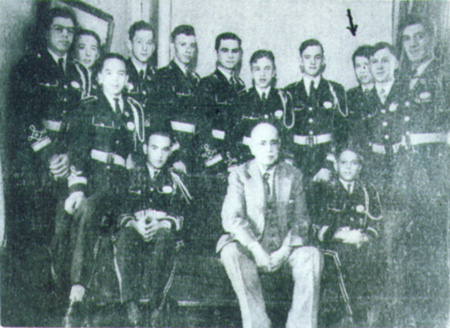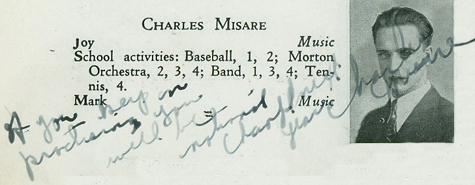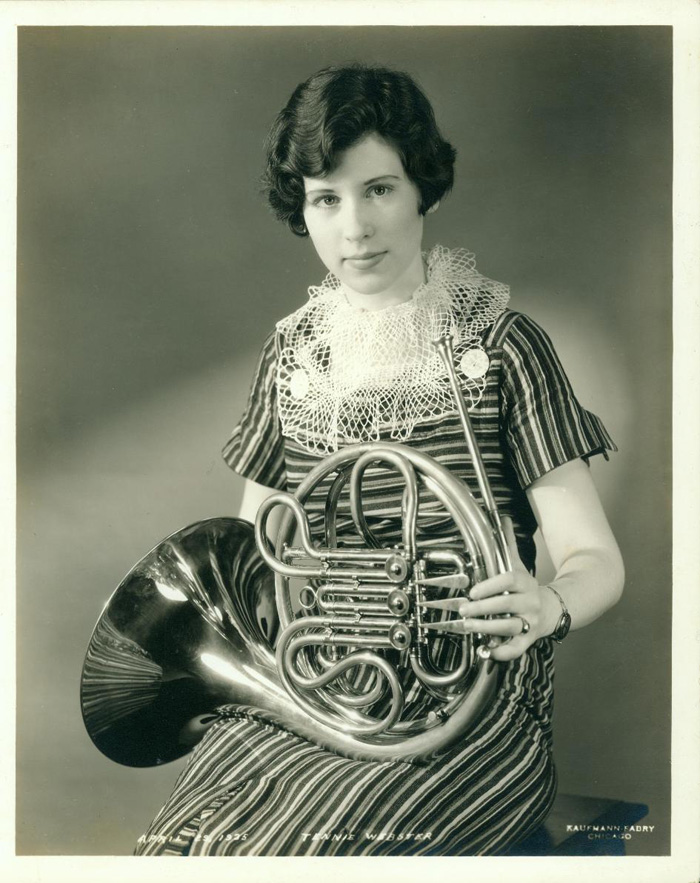 April 29, 1935  |
|
Tennie Myrtle Webster was an accomplished horn player and a member of the Woman's Symphony Orchestra of Chicago during the Great Depression. She was born in Waukegan, Lake Co., Illinois on September 19, 1915, a daughter of Robert Coe Webster (1891 -1957) and Tennie Francis Myrtle (1895-1987). While attending Morton High School Miss Webster studied the horn with K.L. Higgins for three years. 1 Mr. Higgins was a student teacher at the time and subsequently recommended her to Max Pottag, who later called her "my most talented pupil and student." While attending Morton High School, Miss Webster was one of very few girls in the school band which placed first in the district and state contests in 1932 and 1933, as well as the national contest of 1933, in which the judge noted of her playing "excellent French horn in the solo passages!" Her horn quartet also took first place in the district, state, national contests in 1931, 1932 and 1933, but it was in the solo competitions that she really stood out, taking first place in district, state, and national in 1932 and 1933. For her performance the first movement of a Mozart horn concerto (probably K. 447) in the National Solo and Ensemble Contest, adjudicator, Frank Simon, director of the Armco Band, commented "You have no weak points. You are a beautiful horn player." Max Pottag called her an "Outstanding Winner", Frank Erickson wrote "Special - 1st Prize", and Joseph Mourek noted "1st Place Winner, most outstanding player, a remarkable talent, high notes very fine, unusual technique." |
|
|
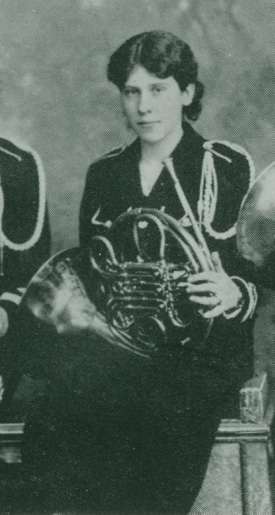 High School 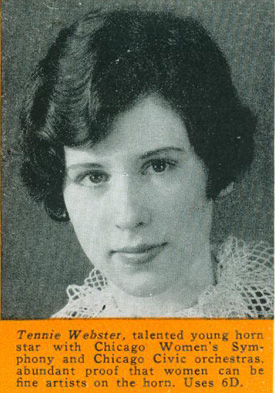 Conn catalog ca. 1935 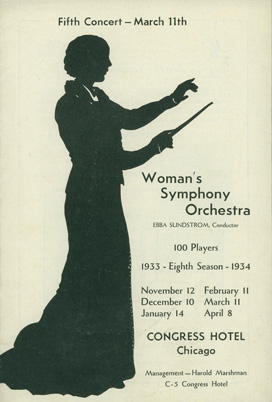 Woman's Symphony Orchestra Program, 1934 |
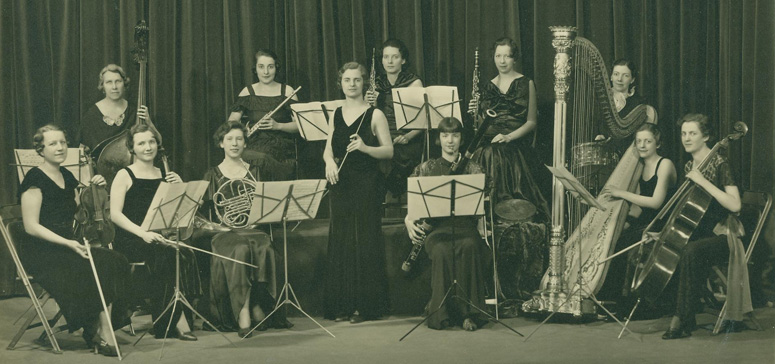 Theatrical Chicago, Ebba Sundstrom, conductor. |
|
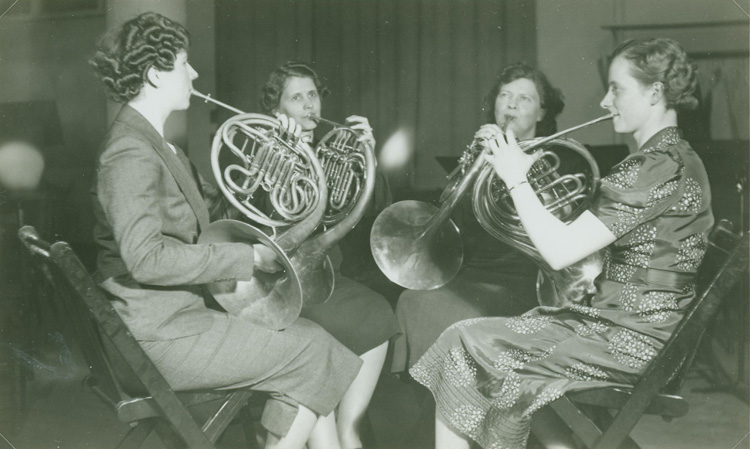 Tennie Webster (left) and Helen Kotas (right). The other players are unidentified. |
|
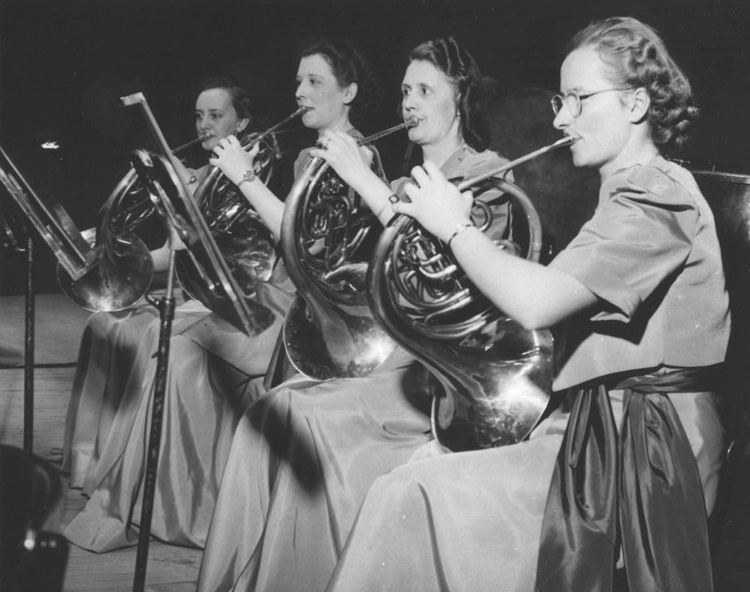 Tennie Webster (second from left) and Helen Kotas (right) |
|
